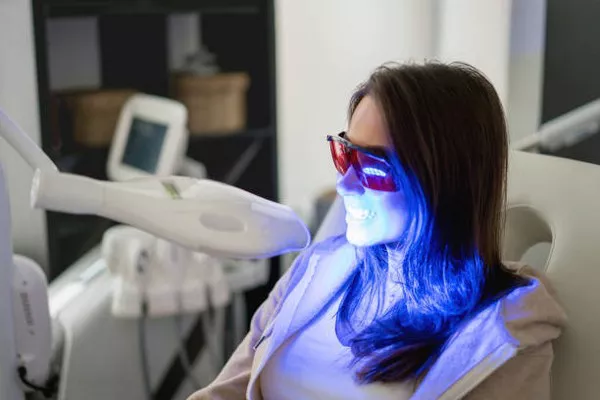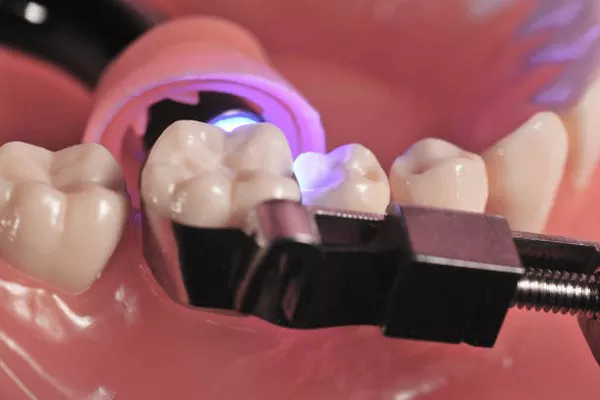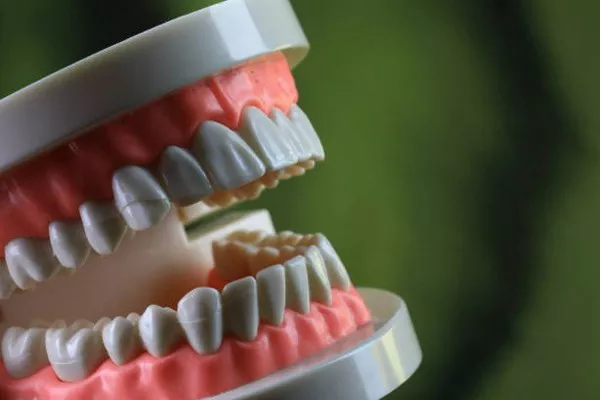Internal bleaching is a dental procedure designed to whiten teeth that have become discolored from the inside out, typically due to factors such as trauma, decay, or previous dental treatments like root canals. Unlike external bleaching, which whitens the surface of teeth, internal bleaching targets discoloration that originates from within the tooth structure. This procedure is often necessary for teeth that have darkened over time due to intrinsic stains that cannot be effectively addressed by traditional external whitening methods.
Cost Breakdown
Average Cost Range
The cost of internal bleaching can vary widely depending on several factors. On average, patients can expect to pay between $250 and $500 per tooth for internal bleaching. However, this range can fluctuate based on the specific circumstances and needs of the patient.
Factors Influencing Cost
Dentist’s Experience & Location: The expertise of the dentist performing the procedure and the geographic location of the dental practice significantly impact the cost. Dentists with extensive experience and specialized training in cosmetic dentistry may charge higher fees. Additionally, practices in metropolitan areas or regions with a higher cost of living tend to have higher prices compared to those in rural or less affluent areas.
Number of Teeth: The cost of internal bleaching scales with the number of teeth being treated. Treating a single tooth will be less expensive than treating multiple teeth, as each tooth requires individual attention and materials.
Complexity of Procedure: More complex cases, such as those involving teeth that have undergone root canal treatments, can incur higher costs. Teeth with extensive damage or severe discoloration may require additional steps or specialized techniques to achieve the desired results.
Number of Visits: Internal bleaching often necessitates multiple appointments to achieve optimal results. The total cost will reflect the number of visits required, with each session adding to the overall expense.
Materials & Techniques: Different bleaching agents and techniques can vary in cost. High-quality materials and advanced techniques may be more expensive but can offer better results and longer-lasting effects.
Potential Additional Costs
Pre-treatment Procedures: Before internal bleaching can be performed, some patients may require pre-treatment procedures such as root canals, fillings, or crown preparations. These procedures can add to the overall cost.
Post-treatment Care: Follow-up appointments and specific post-treatment care, such as the use of special toothpastes or oral care products, can incur additional expenses. Maintaining the results of internal bleaching often involves ongoing care and maintenance.
Cost Comparison with External Bleaching
Cost Comparison
External bleaching options, such as at-home kits and professional in-office whitening, generally have a lower initial cost compared to internal bleaching. At-home kits can range from $20 to $100, while professional in-office whitening typically costs between $300 and $800 per session. In contrast, internal bleaching can cost $250 to $500 per tooth, making it a more expensive option.
Scenarios for Internal Bleaching
Despite the higher initial cost, internal bleaching can be a better value in certain scenarios. For example:
Heavily Discolored Teeth: Teeth that are severely discolored due to intrinsic factors, such as trauma or extensive decay, are often unresponsive to external bleaching methods. Internal bleaching can effectively address these deep stains, providing a significant improvement in appearance.
Root Canal Treatments: Teeth that have undergone root canal treatments can become darkened over time. Internal bleaching is specifically designed to whiten these teeth from the inside out, restoring their natural appearance and improving the overall aesthetics of the smile.
See Also: Can Teeth Whitening Strips Expire
Tips for Finding Affordable Options
Consultations
Scheduling consultations with multiple dentists is an excellent way to get accurate cost estimates for internal bleaching. During these consultations, patients can discuss their specific needs, understand the recommended treatment plan, and obtain detailed cost breakdowns. Comparing these estimates can help patients find a dentist who offers quality care at a reasonable price.
Payment Plans
Many dental practices offer payment plans or financing options to help patients manage the cost of internal bleaching. These plans can spread the expense over several months, making the procedure more affordable and accessible. Patients should inquire about these options during their consultation.
Insurance Coverage
It is important to note that internal bleaching is typically considered a cosmetic procedure and is often not covered by dental insurance. However, patients should check with their insurance provider to understand their coverage options and determine if any portion of the treatment might be eligible for reimbursement.
Conclusion
Internal bleaching is a specialized procedure designed to address intrinsic discoloration and restore the natural appearance of teeth. While it can be more expensive than external bleaching options, the cost is an investment in achieving a brighter smile and improving the aesthetics of discolored teeth. Understanding the factors that influence the cost, comparing estimates, and exploring payment options can help patients find affordable solutions for their dental needs. Ultimately, the benefits of internal bleaching can enhance not only the appearance but also the confidence and overall well-being of patients.
You Might Be Interested In




























